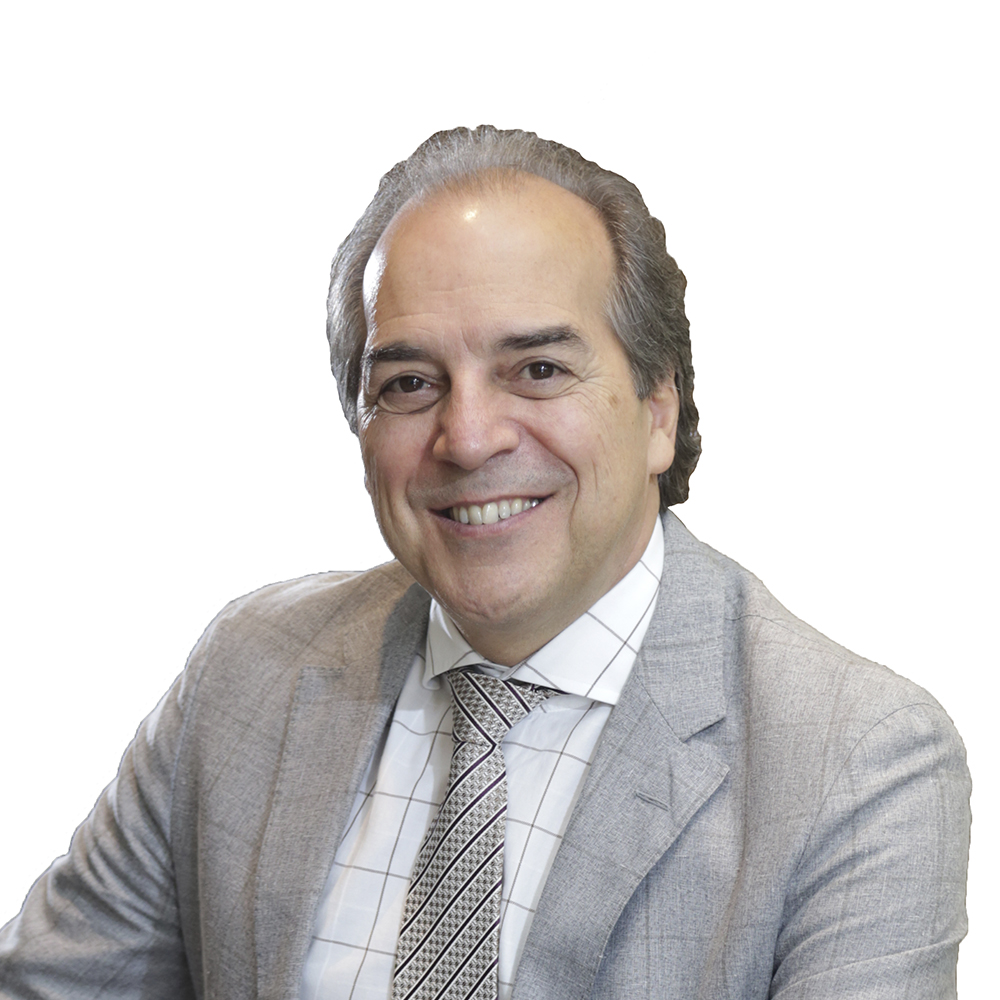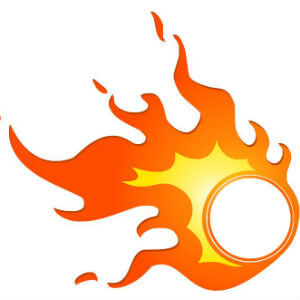In our continuing series highlighting Plastic Surgery procedures in Singapore, Expat Choice caught up with internationally acclaimed Plastic Surgeon Dr. Marco Faria Correa to discuss Fat Transfer, also known as Fat Grafting, Fat Injections or Lipofilling - a procedure using fat collected from one or more parts of the patient body to be used in surgery to fill in irregularities and grooves in other parts of the patient’s body.
Dr. Marco explains that this popular cosmetic procedure, a well-established technique perfected in the early 1990s - is a surgical procedure designed for the face - including lips, breasts, hands, hips and buttock.
Patients who want to improve their body contour, revise scars, fill bodily depressions and rejuvenate their hands and face, or patients with creased or sunken facial areas who require an adjustment or permanent correction which temporary fillers cannot provide - are ideal candidates for Fat Transfer.
Before we can fully understand Fat Transfer Surgery, Dr. Marco suggests we focus on the advantages of the procedure which are - to gain volume and firmness of the area in question, achieve a natural result without the use of a foreign implant, and in many cases - being a double procedure, there are double advantages for the patient from both Sculpting and Fat Grafting being applied.
Fat Transfer can be incorporated in Breast Reconstruction, to fill in contour irregularities or hide obvious signs of breast implants, and is also applied when patients desire a fuller, more rounded buttock area.

Do you have facial creases, such as Laugh Lines, smile lines, or crow´s-feet? Fat can be removed from your abdomen, thighs, or other areas and be injected into these areas as a surgical solution.
Acnes Scars and sunken areas of the face, lips, and cheeks can also be filled in with a Fat Transfer procedure. Your plastic surgeon can even use grafted fat to minimize lines between your nose and mouth, correct skin depressions or indentations and minimize forehead wrinkles.
If you desire a modest increase in breast size by way of Breast Augmentation, you are a good candidate for Fat Grafting, although it is advised your breasts should already have a nice shape and good skin tone before considering this procedure. If you have poor skin, sagging breasts, or want a significant increase in breast size, breast augmentation with fat transfer is not for you.
Breast Implants plus Fat Grafting are two procedures performed if your breast shape needs optimizing during a Breast Implant procedure. If you have residual breast irregularities after undergoing Breast Augmentation with implants, the irregularities can be filled in with a Fat Transfer to produce a smooth contour and optimal shape.
Where patients have breast defects following Lumpectomy for breast cancer, Fat Grafting is an effective method for filling in these defects. Fat grafting is also an option for total breast reconstruction following Mastectomy, however, to achieve sufficient breast volume, this is usually a multistage process that requires at least two to four sequential Fat Grafting procedures.
Many people who desire a fuller, more rounded buttock will opt for a Brazilian Butt Lift, which uses Fat Transfer to provide a more curvaceous buttock without the use of implant.
Another popular procedure is Fat Grafting into your Hands which is effective for adding volume, or in other words - plumping up wrinkled hands, covering underlying vessels and tendons to improve the quality of your skin over time.
Liposuction is commonly used in all Fat Grafting procedures, to both sculpt the surrounding area and collect Autologous Fat - a procedure in which healthy fat is collected from the patient before treatment, stored, and then given back to the patient after treatment. This is why fat is gold.
The Autologous Fat is then processed by centrifuging, filtering, or rinsing resulting in a pure liquid fatty tissue which is then injected where needed; evenly distributed into the area of the body by injecting minute amounts directly in the healthy tissue surrounding the area being rejuvenated. This ensures that the transplanted fat remains in contact with the surrounding tissue that must be supplied with oxygen and nutrients.
In some cases, minimal scarring may occur, although this depends on the surgeon´s technique and your genetic makeup. Most Liposuction scars fade and are barely perceptible over time, although there are two types of marks that can remain on the skin after Liposuction. One is a true scar, and the other is known as dyschromia, a dark – hyperpigmented, or light - hypopigmented spot on the skin.
According to Dr. Marco, Fat Transfer is a procedure most suited to women who are healthy, have a positive attitude and have realistic expectations concerning the outcome of their surgery.
Dr. Marco is a pragmatic surgeon who has mastered the traditional open and minimally invasive methods of Plastic Surgery by applying the latest techniques for properly hiding the scars in the anatomical folds and crease of the skin, leaving inconspicuous scars.
He is a well-versed Plastic Surgeon in the various benefits and limitations of the different procedures and methods; hence, he will always advise his patients on what is the best option to achieve the outcome that they want.
For more information about each procedure visit www.drmarco.com or call Dr Marco Faria Correa, Internationally trained Plastic & Cosmetic Surgeon with over 30 years of experience on +65 6464 8075, WhatsApp +65 9176 1813 or email admin@drmarco.com








